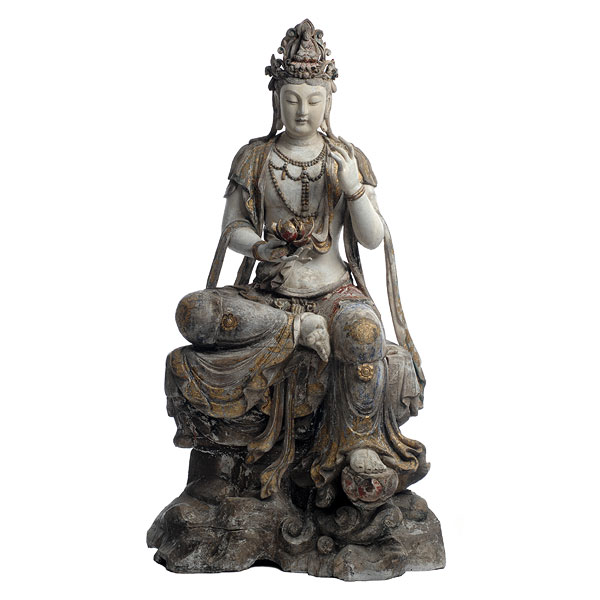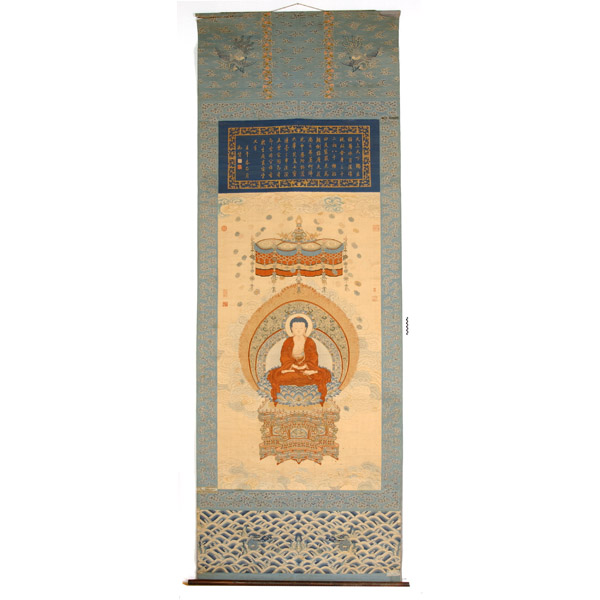

During the first three centuries, Buddhism had no texts by or images of the Buddha. At the beginning of the Christian era, his sermons were written down, in Sanskrit on the Indian continent and in Pāli in the island of Sri Lanka. The Pāli texts became the norm for Theravāda Buddhism in South and Southeast Asia. The Sanskrit texts were translated into Chinese from the 1st century, when the first images of the Buddha and the numerous gods of the pantheon of the Great Vehicle (Mahāyāna) also appeared. The Mahāyāna spread throughout the rest of Asia. It asserts the universality of the Buddha among all beings, and explains that the bodhisattvas, who are already well on the way to enlightenment, can intervene in this world.
© 2021 Musée d'ethnographie, Genève